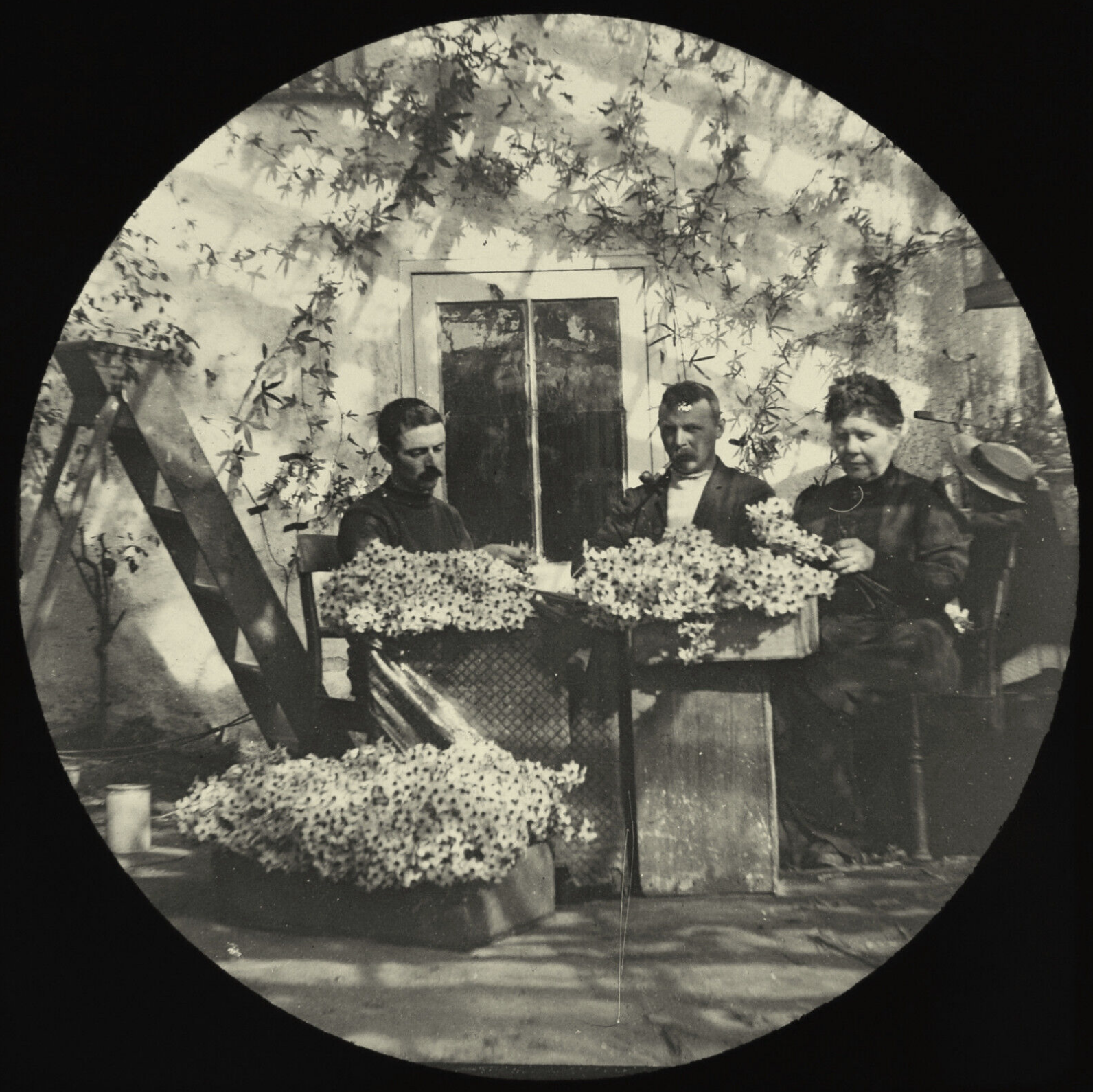
Stories
MISS ANN JARVIS
Founder of National Mother’s Day
The idea for National Mother’s Day was born when Miss Ann Jarvis commemorated the first anniversary of her mother’s passing. Wearing a corsage of white carnations—her mother’s favorite flower—she was inspired to create a day dedicated to honoring all mothers, both living and deceased. She envisioned this tribute taking place annually on the second Sunday of May, a day to celebrate and cherish the living while remembering those who had passed.
Determined to bring her vision to life, Miss Jarvis began writing letters to churches, community organizations, and influential individuals, urging them to support the establishment of Mother’s Day. Her dedication and tireless efforts laid the foundation for a tradition that continues to be celebrated worldwide.
Her vision for Mother’s Day was never meant to become a commercial enterprise—it was a movement rooted in love and honor. Miss Ann Jarvis never sought to profit from the holiday. Instead, she spent her life, energy, and entire savings fighting to preserve its true meaning. It is a bittersweet legacy, but today, we honor both her mission and her unwavering heart.
United States First Commercial Nursery
Linnaean Nursery ( William Prince & Sons) in Queens, NY. Est. 1723
Robert Prince and his son William established the Prince family nursery in the 1730s, often cited as 1737, on eight acres. It quickly became the largest supplier of fruit trees and grapes in the colonies. William Prince was the first to cultivate pecan trees for sale in 1772.
An advertisement from September 21, 1767, read:
"For sale at William Prince's Nursery, Flushing, a great variety of fruit trees, such as apple, plum, peach, nectarine, cherry, apricot, and pear. They may be put up to be sent to Europe. Capt. Jeremiah Mitchell and Daniel Clements go to New York in packet boats Tuesdays and Fridays."
Long Island fell under British control during the American Revolutionary War, but the nursery was protected due to its value.
Around 1793, William Prince (grandson of Robert and son of William) expanded the family land. He renamed it the Linnaean Botanic Garden and Nursery, in honor of Carolus Linnaeus, the father of modern taxonomy. His brother Benjamin referred to the original plot as "The Old American Nursery."
William Robert Prince, the son of the second William, was the fourth and final generation of the Prince family to manage the gardens. Upon his death in 1869, the nursery closed, although many rare plants continued to thrive.
The Linnaean Botanic Garden, also known as Prince's Nursery, was located in Flushing, Queens, New York (now part of New York City). Started in the mid-18th century by the Prince family, it was one of the first commercial nurseries in the country and operated for about 130 years until the property was sold after 1869.
The first four Presidents of the United States visited the nursery. George Washington's first visit was in October 1789 with John Adams, during which he was initially unimpressed, though his opinion improved over time. Thomas Jefferson and James Madison visited in 1791, with Jefferson making a significant order for Monticello.
Prince Street in Flushing is named after the Prince family; the gardens were located near that street and Broadway/Bridge Street, now known as Northern Boulevard.
An interesting fact: All four of the first Presidents of the United States visited the establishment. George Washington, accompanied by John Adams, first visited the nursery in October 1789 when the capital was still in New York City. Initially, Washington was not impressed, but his opinion improved with time. In 1791, Thomas Jefferson and James Madison visited, with Jefferson making a significant order for his Monticello residence.
Most of their seeds or tubers came from Holland and Belgium. They had over 100,000 plants they were able to cultivate from.
Apologies, but this part of their nurseries was truly mind-boggling—they cultivated an astonishing variety of flowers as early as 1833:
“Double Hyacinths” 261 different colors and varieties, sold the roots from .30 cents to 3.00 Dollars.
Single Stem Hyacinths 131 varieties. From .20 cents to $1.25
Tulips per root: 240 varieties and 11 Parrot tulips. From .20 cents to $2.00.
Crown Imperial roots had 25 different varieties: From .20 to .75 cents
Lilies: 22 different varieties from Turkey, Japan & China. From .10 cents to $1.50.
Martagon Lilies or Turkey Cap lilies: 8 varieties from .31 to .50 cents
Polyanthus Narcissus ( Daffodils) 55 varieties from .10 to .55 cents.
Crocus: 12 varieties from .6 to .25 cents
Gladiolus: 16 varieties (Also some from Africa) From 12. to .75 cents.
Iris: 12 varieties (Persian types) From .12 to .75 cents
Ornithogalum: From 9 varieties: 6. to $1.
Scilla: 9 varieties: From .25 to $1.
Ranunculus: 50 varieties: From .10 to .20 cents
Anemone: 50 Varieties: From .10 to .25 cents
Cyclamen: 9 Varieties: From .70 to $1.75
Amaryllis: 53 Varieties: From .25 to $10
Lachenalia: 65 Varieties: From .40 to $2.
Double Dahlias: 451 Varieties From .50 to $5
More amazing Facts about items sold:
900 types of trees and shrubs, 1200 Plants, over 100 types of grasses, over 70 ferns,
Over 200 South American & West India trees, shrubs, and plants
American Fruit Trees
200 Varieties of apples for cooking, Cider, and preserving.
16 Varieties of pears
13 Varieties of Cherry Trees
70 Varieties of peaches
53 Varieties plums
HOUSE OF REFUGE
The House Of Refuge was a juvenile reformatory from 1854 to the 1930s. It was notorious for Capital punishment, abuse, and child labor. But what caught my attention was finding that they educated them about the skills of growing flowers and plants in greenhouses on the island.
What caught my attention was the Art room above, where there were images of flowers right at the forefront. It made me wonder if this was simply a staged photo, probably so. Nevertheless, it's truly captivating.








